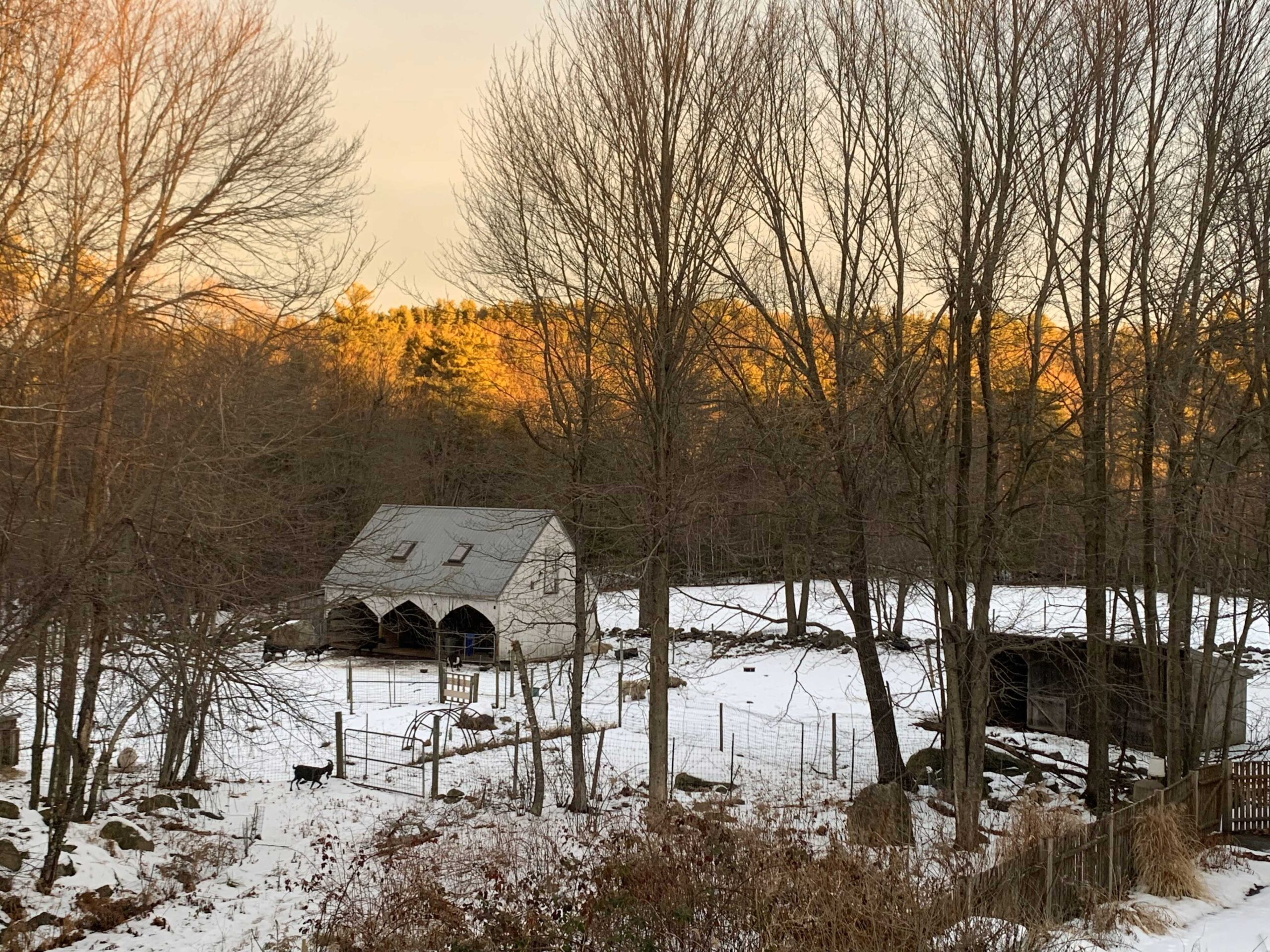Once a year, my husband and I head out on an anniversary adventure. This year we visited Sleeping Bear Dunes National Lakeshore on the Leelanau Peninsula in Michigan but had no idea our travels would take us to the Sleeping Bear Inn. After climbing the Empire Bluff, we headed to Glen Haven to visit the historic village. Although we visited during the off-season, there was plenty to take in and enjoy.
The first thing that catches your eye when approaching the inn is the sign over the front door that says, “erected in 1857.” This date is disputed with most believing that it was actually built during 1864-65. The inn has been closed since the 1970s but the National Park Service keeps the structure in sound condition.
The park service just finished a call for proposals to refurbish and reopen the Sleeping Bear Inn. Unfortunately, the two proposals submitted were rejected but the park service is hopeful for the future of the inn. One look at the building and the surrounding area and one can see why the park service hasn’t given up on this slice of history that started during the Victorian era.
The inn first served as a boarding house for dock workers and lumberjacks. In those days, it was known as the Sleeping Bear House. It also served steamship passengers traveling Lake Michigan between Chicago and Buffalo, New York, and for settlers moving into the area.
D.H. “Henry” Day came to the area in 1878 at the age of 27 as an employee of the Northern Transit Company. The company owned much of what is known today as Glen Haven. He fell in love with the town and the beautiful daughter of the inn’s proprietor. by 1881, NTC lost interest in Glen Haven as coal overtook wood as the preferred fuel for boats plying the Great Lakes. He risked everything he had and then some to purchase NTC’s properties in Glen Haven. The purchase included the inn and two steamer boats which he used for a passenger line between Chicago and Cheboygan, Michigan.
He, the inn, and the town survived and thrived because he diversified by branching out into farming (Holstein cows, hogs, cherry and apple trees). By 1923, wood for logging was depleted so he turned to canning. He canned much of his cherry and apple crops as well as those of area farmers. He also saw the area as a tourist destination.
Although much of what D.H. Day envisioned for the area’s industry evolved away from Glen Haven, the Sleeping Bear Inn continued to be a summer destination for tourists. The creation of Sleeping Bear Dunes National Lakeshore and the park service’s purchase of the town in the mid-1970s helped to preserve the Victorian nature of the area. Summer visitors can go into many of the town’s buildings and experience history for themselves.
Can you imagine what it might have been like to be a pioneer during the mid-1800s, stopping at the inn for a night or two as you continued your journey? What might you have worn? Perhaps, you can see yourself as one of the well-heeled travelers? What might have been in your wardrobe? Maybe you can imagine yourself as a member of one of Glen Haven’s families. What can you see yourself wearing on a daily basis?
This is much of what we do at Recollections. We look back at history and let our imaginations take us on a fashion adventure. Our clothing is inspired by history and carefully crafted, one at a time, just for you!
Find out more about the Sleeping Bear Inn, what the area looks like now and what the National Park Service wants to see in relation to renovation and opening the inn to public at MLive.
Find out more about Glen Haven and see some photos taken more than 100 years ago of the inn and Glen Haven.
– Donna Klein














My Dad owns DH Day’s original gun cabinet. We live near there.